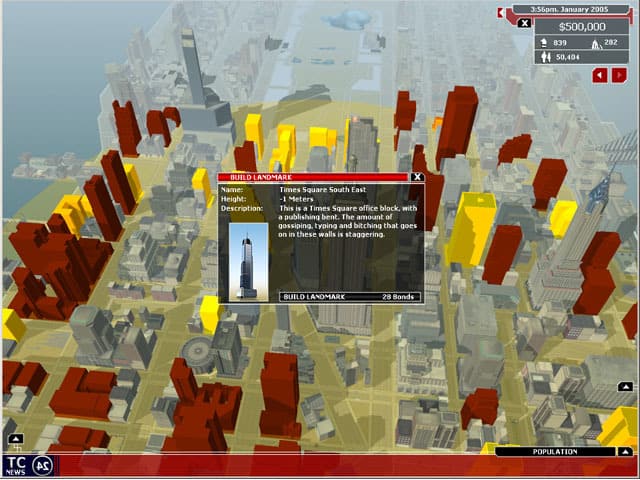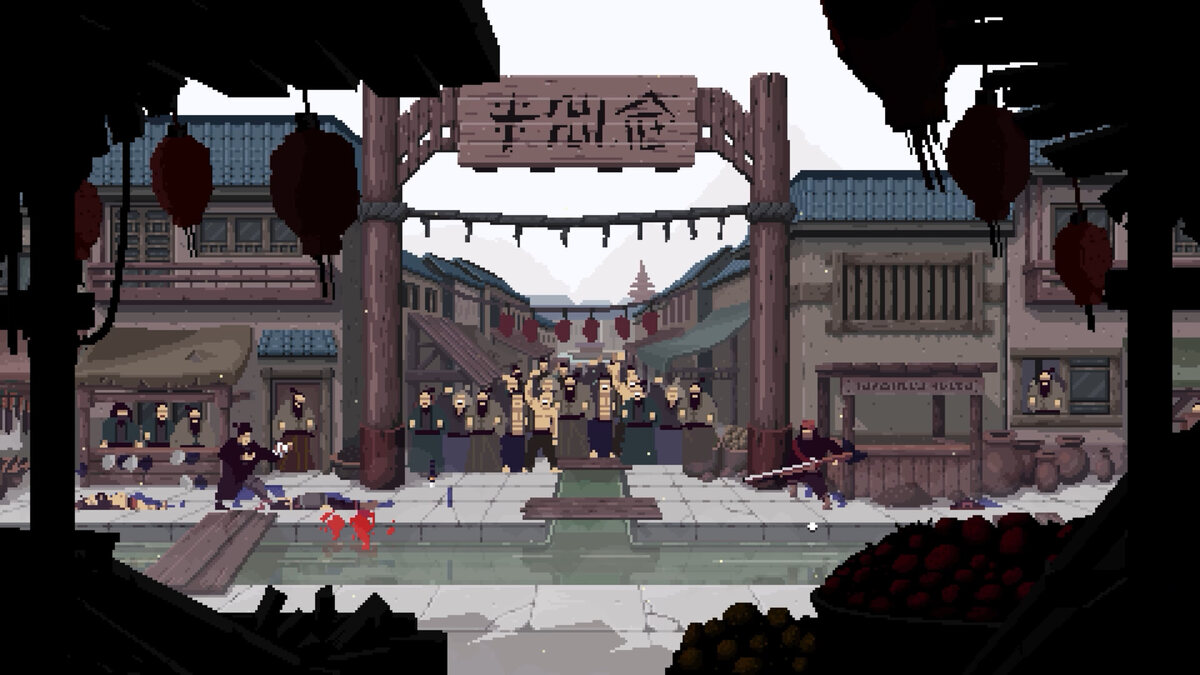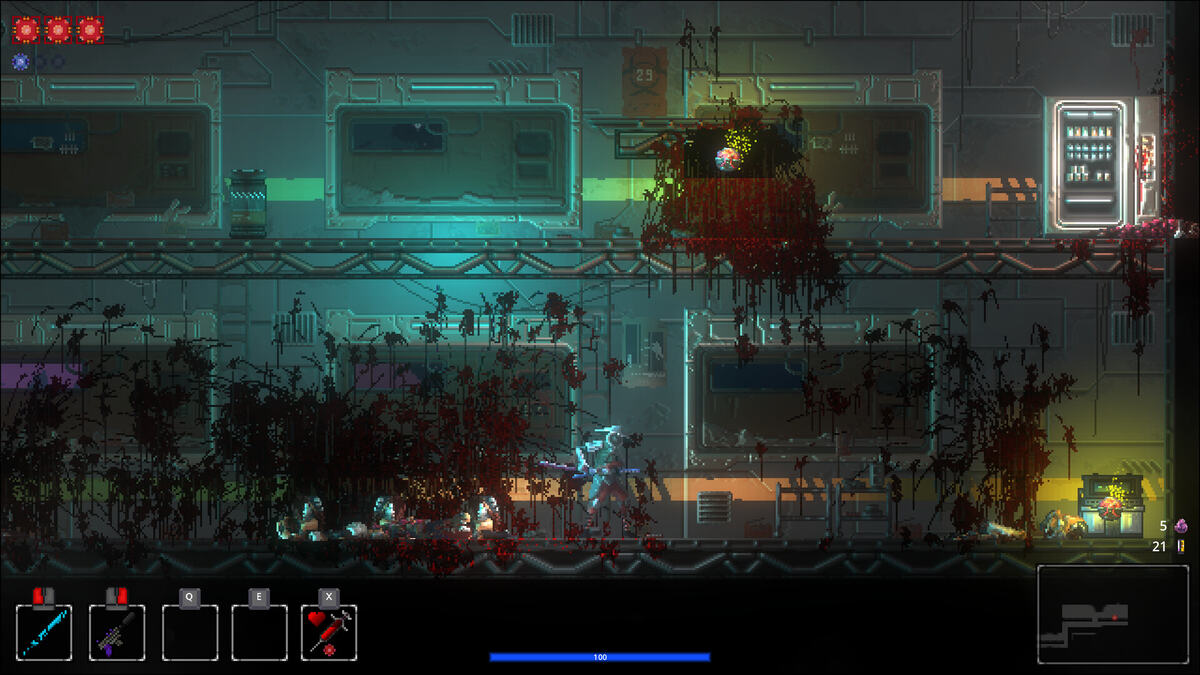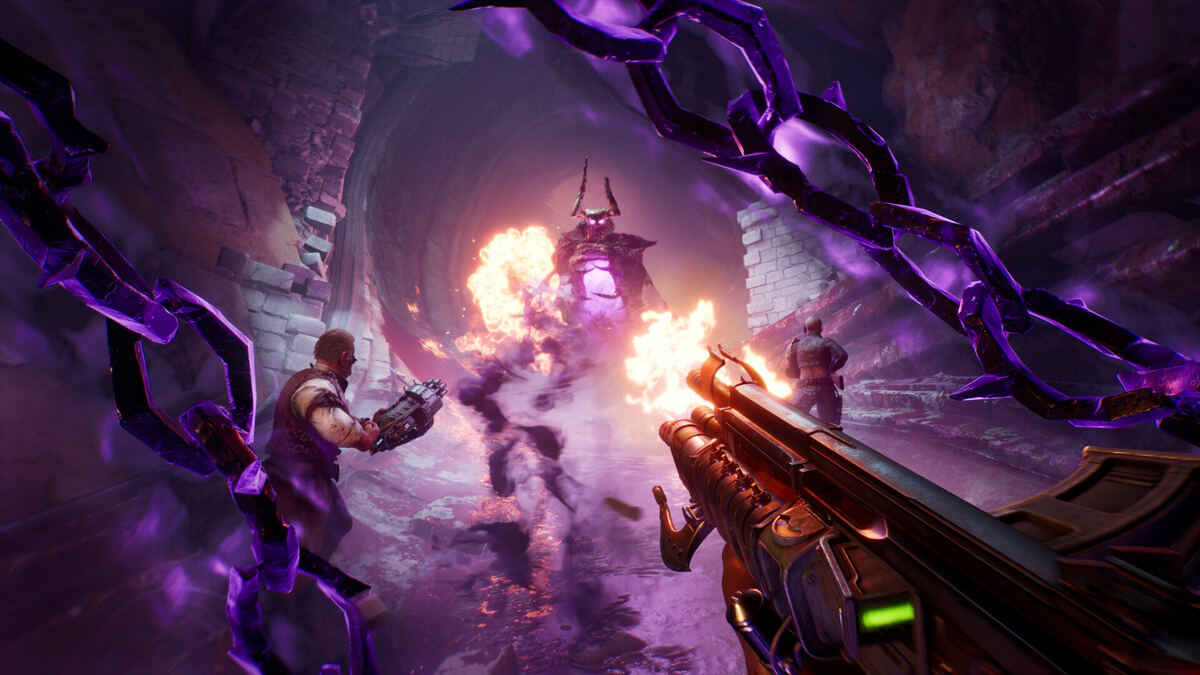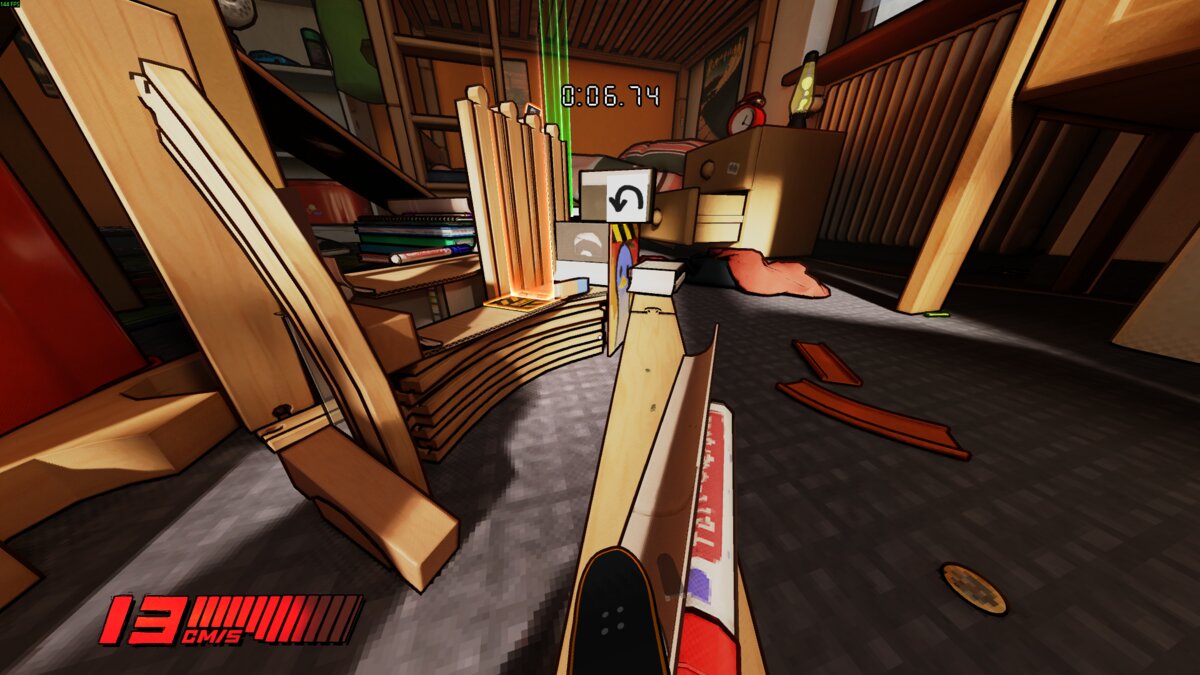You can trust VideoGamer. Our team of gaming experts spend hours testing and reviewing the latest games, to ensure you're reading the most comprehensive guide possible. Rest assured, all imagery and advice is unique and original. Check out how we test and review games here
Everyone fancies themselves as a bit of an entrepreneur. Given a lucky break we’d all be millionaires, selling property, starting new businesses, living it up in penthouses etc. Then again, most of us struggle to work eight hours a day and consider sleeping to be a good way to spend a day off. To be a successful business man takes more work and effort than we’re prepared to do, and that’s where sims come in. Sat at our desks, cheap instant coffee in hand, we can live out our dreams, making virtual millions in a month that only takes a few real-world hours. Life is so much simpler in a video game.
Tycoon City New York lets you live out your fantasy of property development (a dull fantasy, I’ll give you that), without needing to re-mortgage the house in the process. The aim is to build apartments, services, entertainment and every other type of building you can imagine, in an attempt to become rich and one of the leading entrepreneurs in the city. For the free spirits among you, there’s the sandbox mode that simply lets you do whatever you want, but for those of us that like some structure to our games, the ‘Build New York’ mode tasks you with a suburb at a time, giving you set objectives along the way.
The very first suburb in the game focuses on students and sets numerous studenty things that need to be built. Obviously never being in lectures, they want coffee shops to hang out in, cheap clothing stores, art exhibits, plenty of accommodation, book stores, internet cafes… the list goes on and on. The goal is to work out (or be told by the game’s characters) what needs to be built to please the population and then build it. This is pretty simple in itself, with a left click on the ground bringing up a build menu, and further left clicks eventually placing the building in your desired location.
Placement is actually more important than you might think, with the buildings around the planned build location being affected. For example, build some new student accommodation next to an area full of coffee shops and bars, and those existing establishments will benefit. Build a late-night club next to a residential area, though, and the residents won’t be too happy. This is all shown via a simple colour scheme, with buildings being highlighted green to red, with green obviously showing the planned building will be good for the area.
Constructing related buildings in one area will help draw people to that zone, so you could create a shopping block, beauty block, entertainment block and so on. Upgrading each building will also help its appeal, and you can track each building’s sphere of influence using a very handy overlay. Everything in the game has stats too, so the bloke walking down the street can be clicked on and his bio viewed. Doing this will give you an insight into what the people want in their area and give you a general overview of how happy people are.
It’s worth remembering that you aren’t the only entrepreneur around, and the others are all trying to make money by drawing people to their buildings and services. In keeping with everything else, you can track what these guys are doing, and try and use that information to your advantage. If they happen to have a few hugely popular areas, why not get in there and build a few shops in the area in-between? Some healthy competition never hurt anyone.
This is still a work in progress, so I won’t be too harsh, but things are a little drab visually. The scope is admirable, with a huge sprawling city being visible, thanks to the neat mouse controls that let you do all the expected scrolling, rotating and zooming, but detail is pretty thin on the ground – things popping into view doesn’t help either. From a moderately zoomed out view it’s as if you’ve built a ghost town, with the city’s inhabitants only becoming visible once you sacrifice your bird’s eye view. People can actually be seen in large numbers, often bundling in strangely tight groups, but it’s impressive all the same.
Recorded voice work makes a surprise appearance, with civilians telling you about their wishes for the area in stereotypical fashion. It’s all tongue-in-cheek, I’m sure, but I can’t see it being all that funny after you’ve been playing for a number of hours and the caffeine has started to wear off. Ambient sounds at least make the city seem alive and the soundtrack is perfectly adequate for a game of this nature.
Tycoon City New York is sure to offer an awful lot of entrepreneuring for your money and all signs point towards that experience being a very enjoyable one. What is a little disappointing, though, is how involved in each building you can actually get. Sure, you can build upgrades, but what about setting rent costs, the cost of a coffee in your chain of stores, the price of a ticket at the cinema? After a while you end up feeling a little distanced from it all and if you’re like me, you’ll be itching to get right in there and micromanage an awful lot more than the game lets you.
Tycoon City New York is currently set for release in late February. We’ll bring you a full review then.
